
News










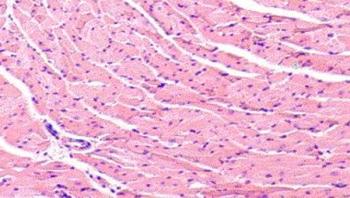
A review article has been published in the journal Current Pharmaceutical Design which provides an overview of the recent literature discussing the different clinical forms of heart disease resulting from virus infections including the prognosis, and current therapies. Many common viruses causing respiratory illness, including enteroviruses and influenza viruses among others, have the potential to infect the heart and initiate an immune response to the infection. These viruses can also produce mild to lethal cardiac injury.

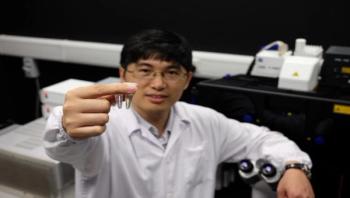
Scientists at Nanyang Technological University, Singapore (NTU Singapore) have discovered that antibiotics can continue to be effective if bacteria's cell-to-cell communication and ability to latch on to each other are disrupted.






Researchers at Umeå University in Sweden have developed a method that simplifies the diagnosis of ear infections (otitis media), something which annually affects half a billion children worldwide. The software-based method automatically analyses images from a digital otoscope and enables highly accurate diagnoses. The method is described in the journal EBioMedicine.


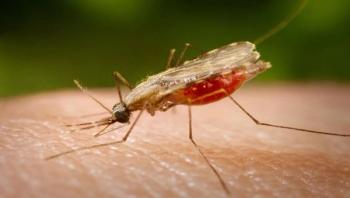
A group of scientists, including one from the University of California, Riverside, has discovered a long-hypothesized male determining gene in the mosquito species that carries malaria, laying the groundwork for the development of strategies that could help control the disease.
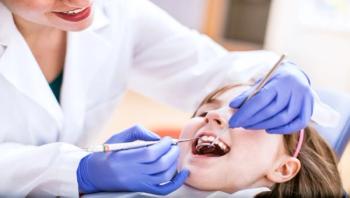




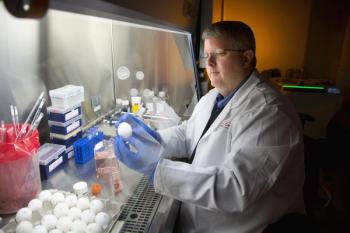

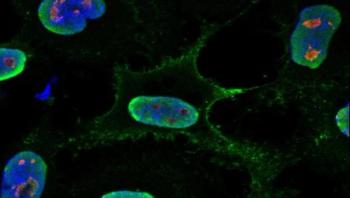
The closely related Hendra and Nipah viruses (referred to jointly as henipaviruses) are deadly cousins of the more common mumps, measles, and respiratory syncytial viruses, all members of the paramyxovirus family. Henipavirus outbreaks are on the rise, but little is known about them, partly because research has to be conducted under extreme level containment conditions.